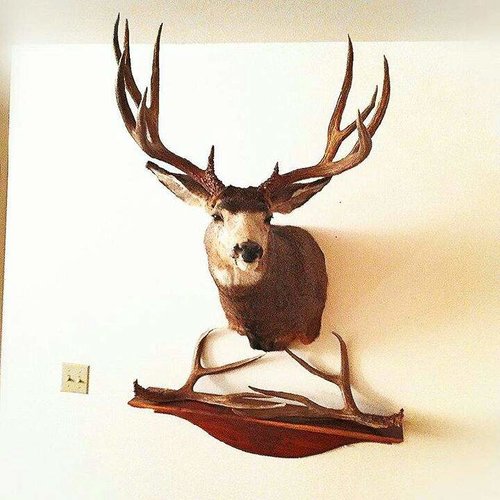The issue is further complicated when Federal lands are part of the equation. The NR is an American citizen, owning just as much of the federal land as the resident.
From a wildlife management stand point, Federal Land does not complicate the issue. This has been proven many times in court.
I think you are missing Mtnhunters point.








